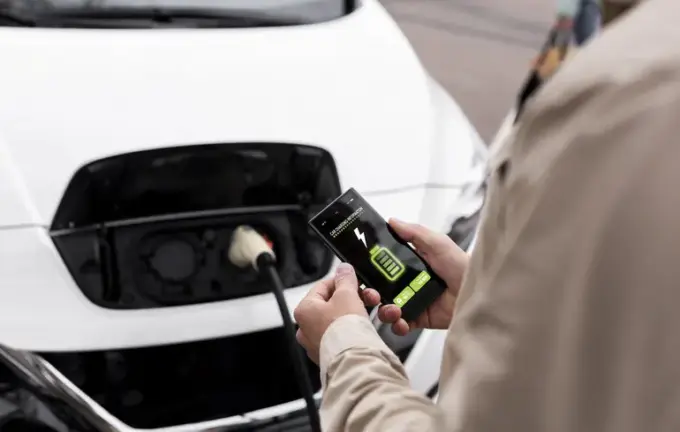Electric Vehicles and Their Impact on Ukraine’s Energy System: Challenges and Opportunities

Over the past year, Ukraine has experienced a significant surge in the adoption of electric vehicles, with their numbers increasing by 60%.
This trend has become especially relevant amid frequent electricity outages.
In 2024, the share of Chinese electric cars in Ukraine reached 17%, and by the first eight months of 2025, this figure had grown to 22%.
Given that China is an ally of the country’s adversary, continuing such trade relations raises strategic concerns.
The European Union imposed substantial tariffs on Chinese automotive imports in 2024, further complicating the market landscape.
Expert Artem Kuyant from the ‘Consulting Group A-95’ emphasizes the urgent need for Ukraine to develop a comprehensive vehicle fleet strategy that considers all nuances.
Of particular importance is the role of electric cars within the national energy system.
Even if only half of these vehicles charge simultaneously—often during the night—it can create additional demand of 700–800 MWh, equating to the annual capacity of a nuclear power plant.
Currently, this is manageable, but if enemy actions continue to damage power generation facilities, boosting electricity consumption could pose severe risks.
The increased load on the grid during blackout periods leads to repeated transformer failures and circuit breaker trips as power is restored.
Imagine entering the upcoming autumn-winter season with an army of electric vehicles that has grown by 60% in a year—this scenario threatens the stability of Ukraine’s energy infrastructure and underscores the need for a clear state’s policy on electric vehicle development, security concerns included.

